In November, I visited Boston for Thanksgiving break. Here are my insights.
Yale has secret societies, like Skull and Bones, Scroll and Keys etc., that are only for seniors (fourth-year students). Every existing member can ‘tag’ or nominate a certain number of people from the next class, and people are invited for interviews based on these nominations (you cannot apply to the secret societies). One of the very selective secret societies also asks for 3 professor recommendations. The Bush family (former US president) used to host Skull and Bones for an annual lunch event, since George H. W. Bush was part of that society when he was at Yale. But apparently, somebody once criticised Bush and, no prizes for guessing, they discontinued the lunches after that.
Touring MIT, even as an outsider, was an inspiring experience. I got to see the numerous labs in action, exemplifying MIT’s philosophy of applied knowledge — ‘minds and hands’.
The MIT Museum had many artifacts and exhibits about Claude Shannon — my role model. His juggling machine WC Fields, thinking mouse-maze machine Theseus, chess-playing machine Endgame, and other gadgets like Nimwit and Red/Black were all on display. I had a blast!
There is a train station called Harvard Square and another one called Kendall/MIT. Simply walking around that area, one finds so many inspiring plaques and inscriptions.
One of the squares near the MIT campus area is literally called Technology Square. Google and Meta have their research buildings there. Broad Institute (joint Harvard-MIT biological research institute which holds the CRISPR patents), McGovern Institute for Brain Research and others are located there too.
Now, some fun stories from my conversations in Boston!
David Shaw is a hyper-optimiser. Whenever he wants to fly somewhere, he first sends 2-3 assistants to that destination via different routes — they report back on which was the quickest, and then he takes that route. He hedged his donations, giving to multiple elite universities, so that his kids would have an advantage in the admissions process no matter where they wanted to attend college. He wears a black t-shirt and khaki crew shorts everywhere he goes.
Edward Boyden works at the McGovern Institute for Brain Research at MIT. He is a whiz kid genius of sorts: started college at 14 at MIT, graduated at 18 with 3 degrees (physics, electrical engineering and CS), finished his PhD from Stanford at 21. He works in a glass office, so his awards — which he has tons of — cannot hang on the wall; instead, they lie on the floor as if they are worthless. A friend once went to Ed Boyden’s office for a PhD interview, and Boyden asked him to have a seat. But the Breakthrough Prize for Life Sciences was lying on the floor next to the chair, so my friend couldn’t even move the chair!
In graduate school, the currency you are measured by is the quality of your ideas. PhD students optimise a lot for generating good ideas — this often means relentlessly monitoring diet, sleep and exercise; pursuing deep work; eliminating alcohol completely; and using Obsidian extensively for taking notes.




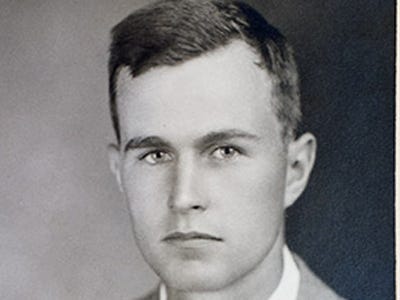
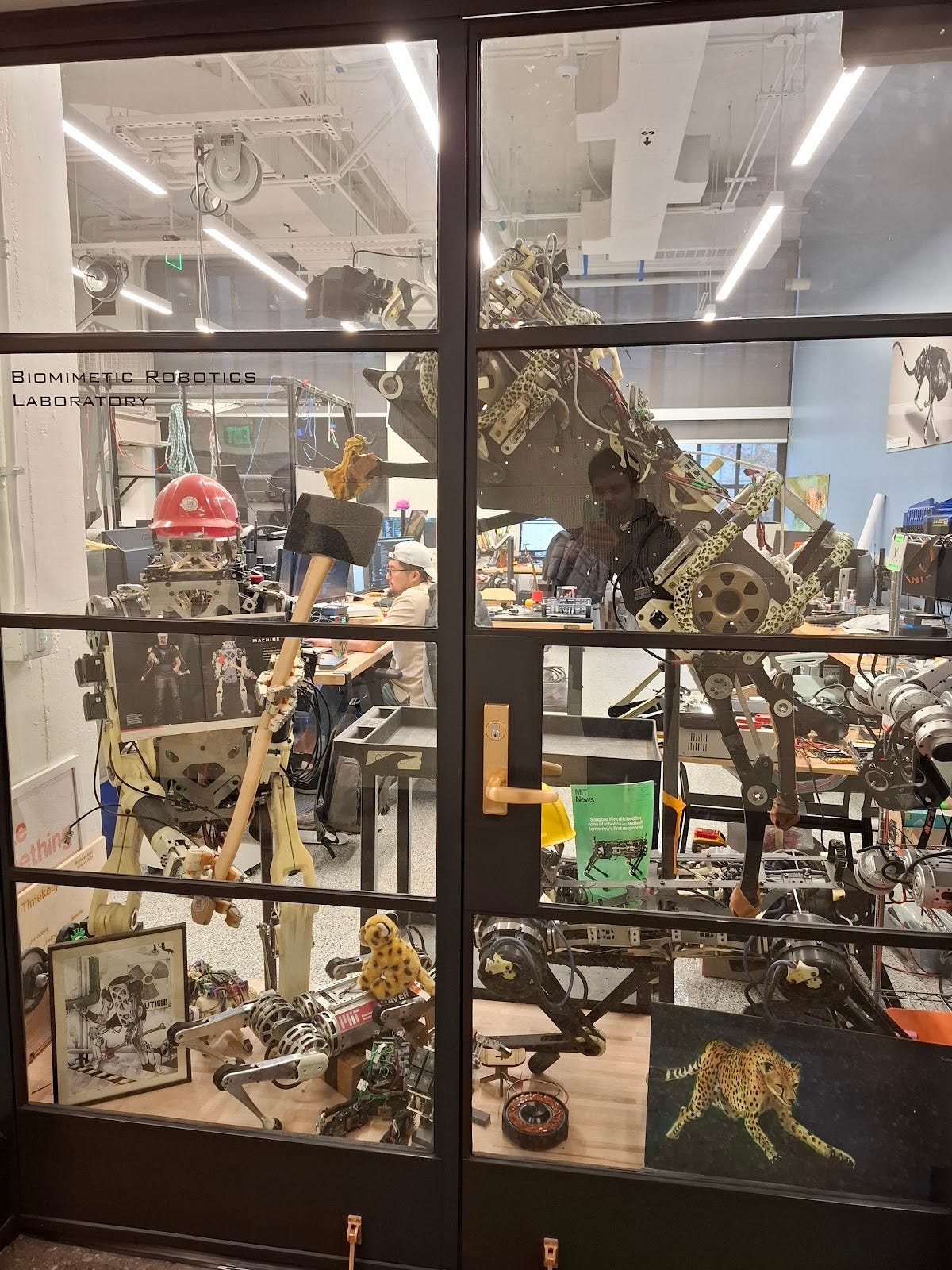
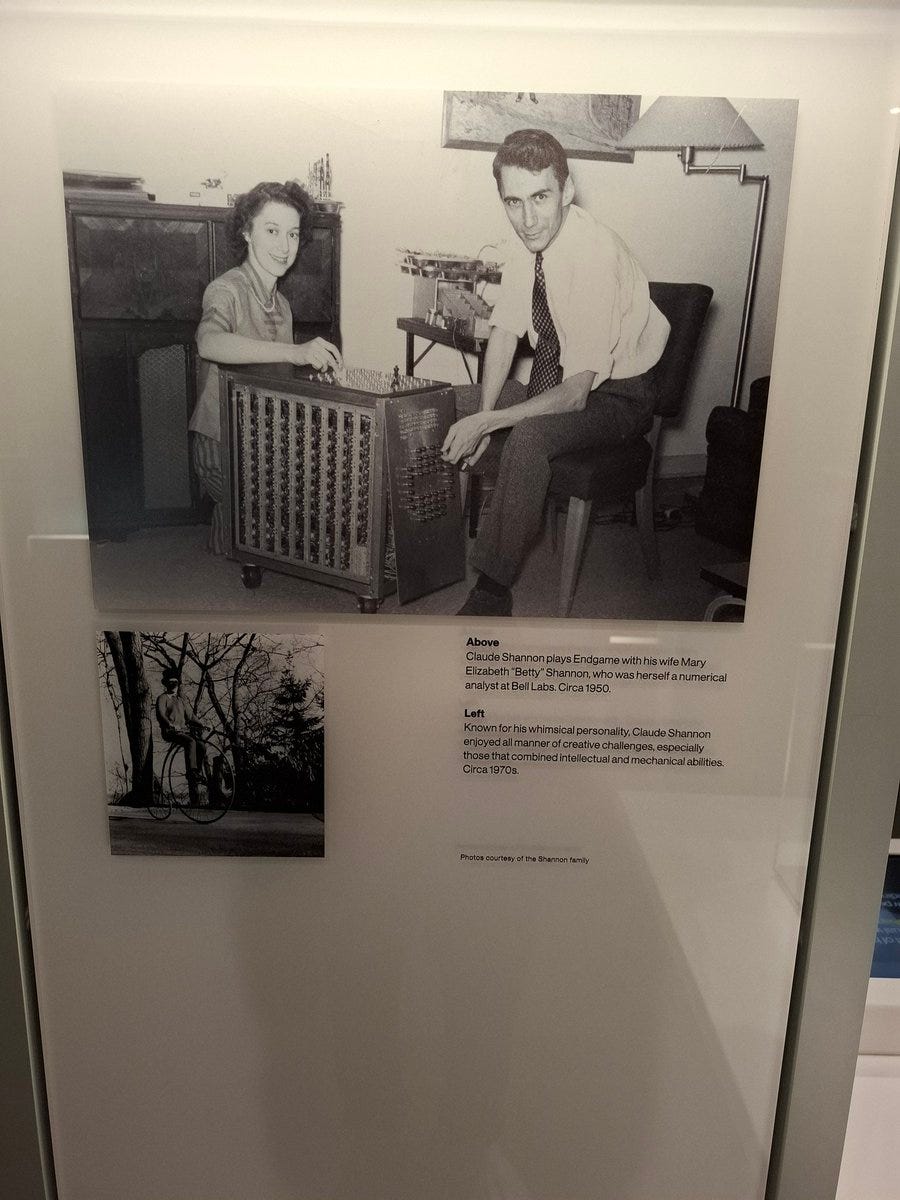
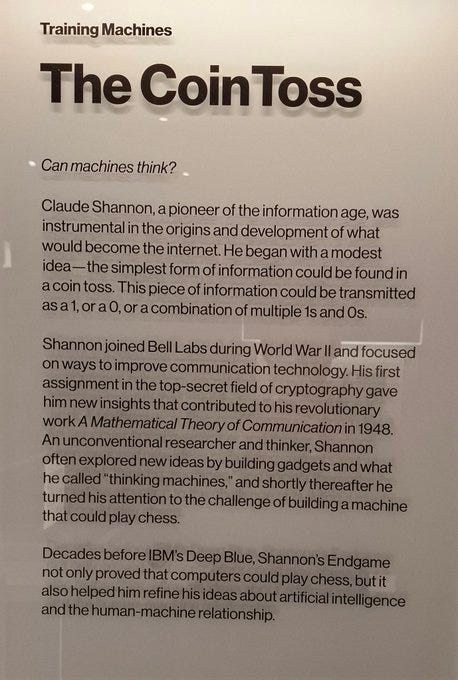
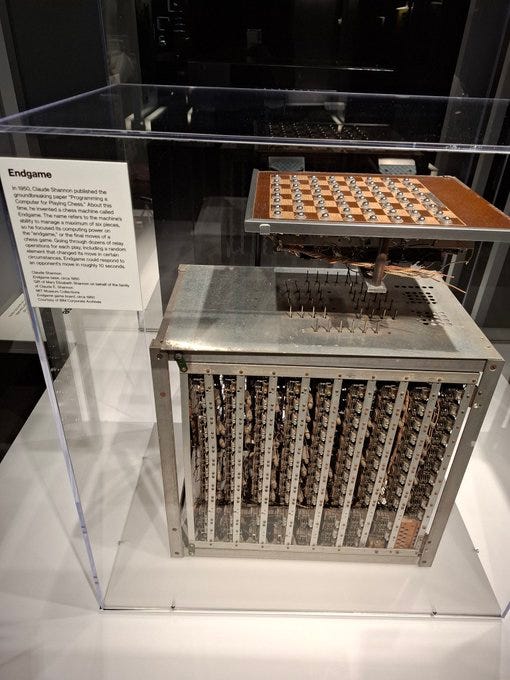
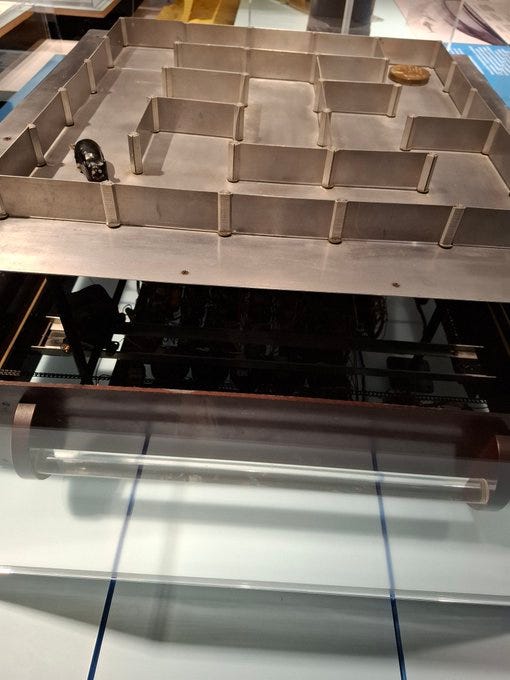
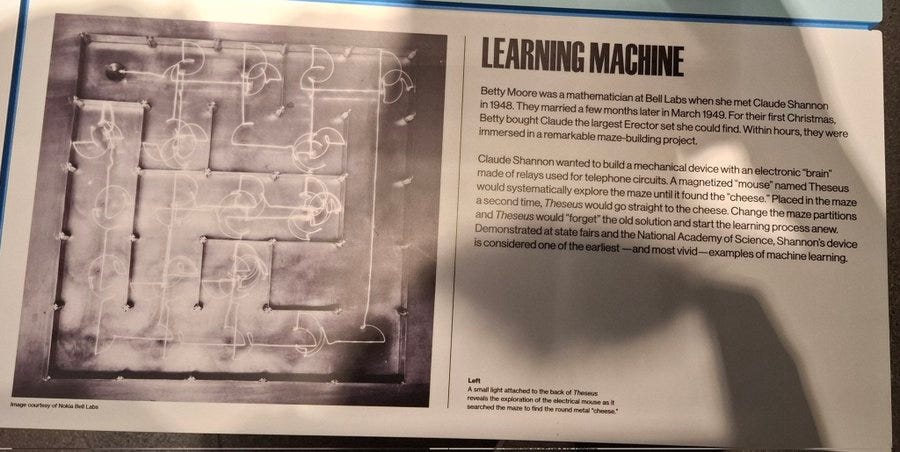
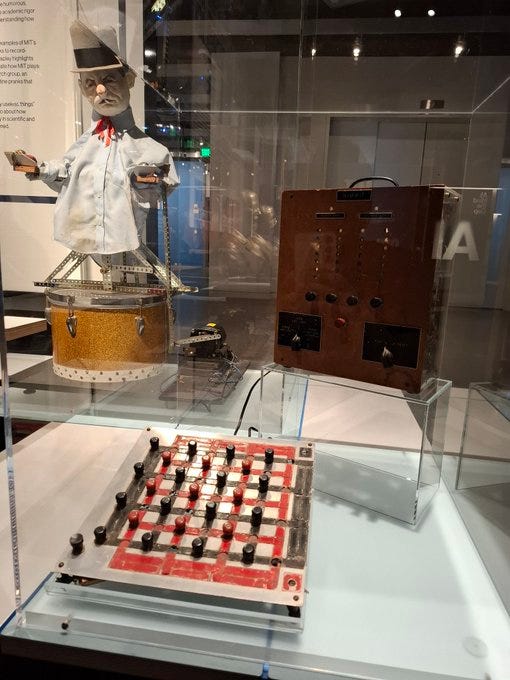
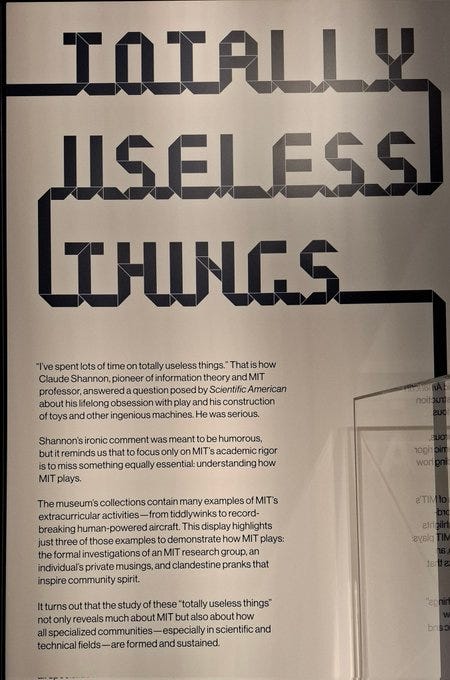
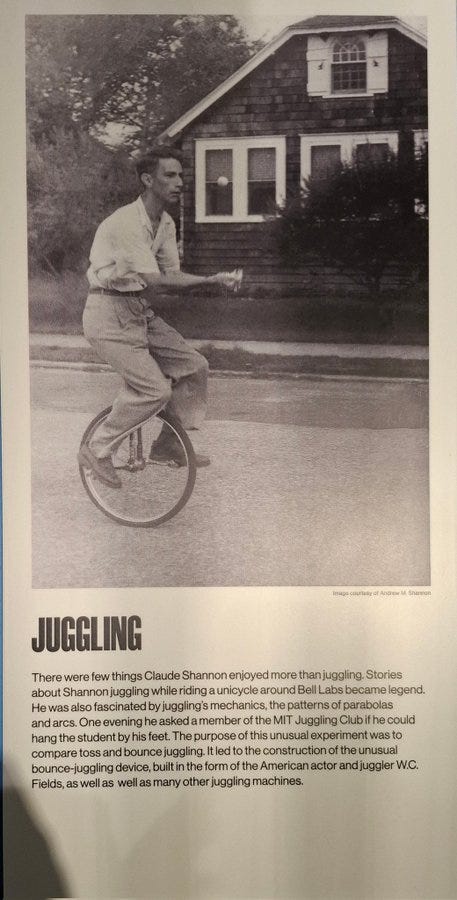
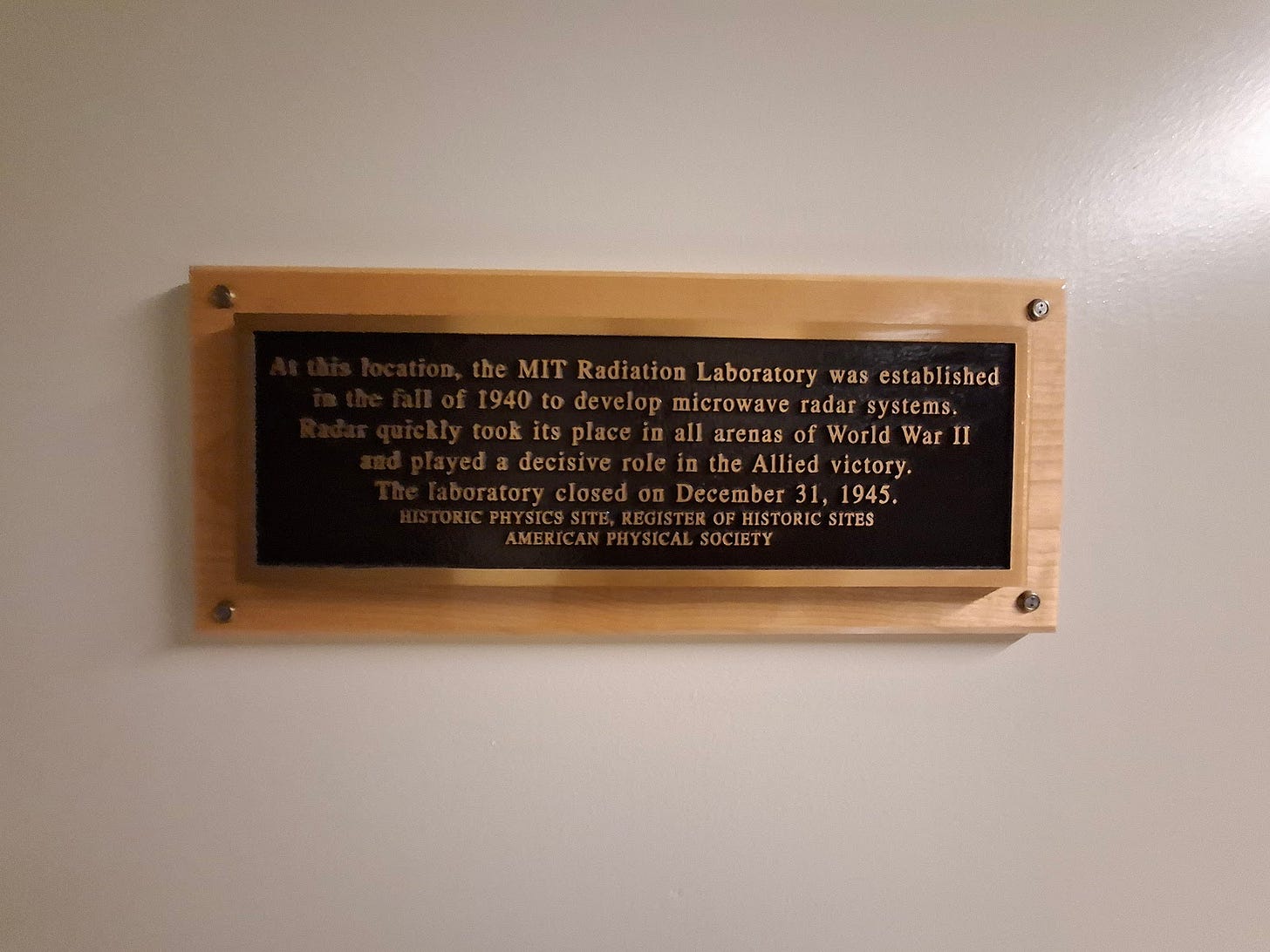
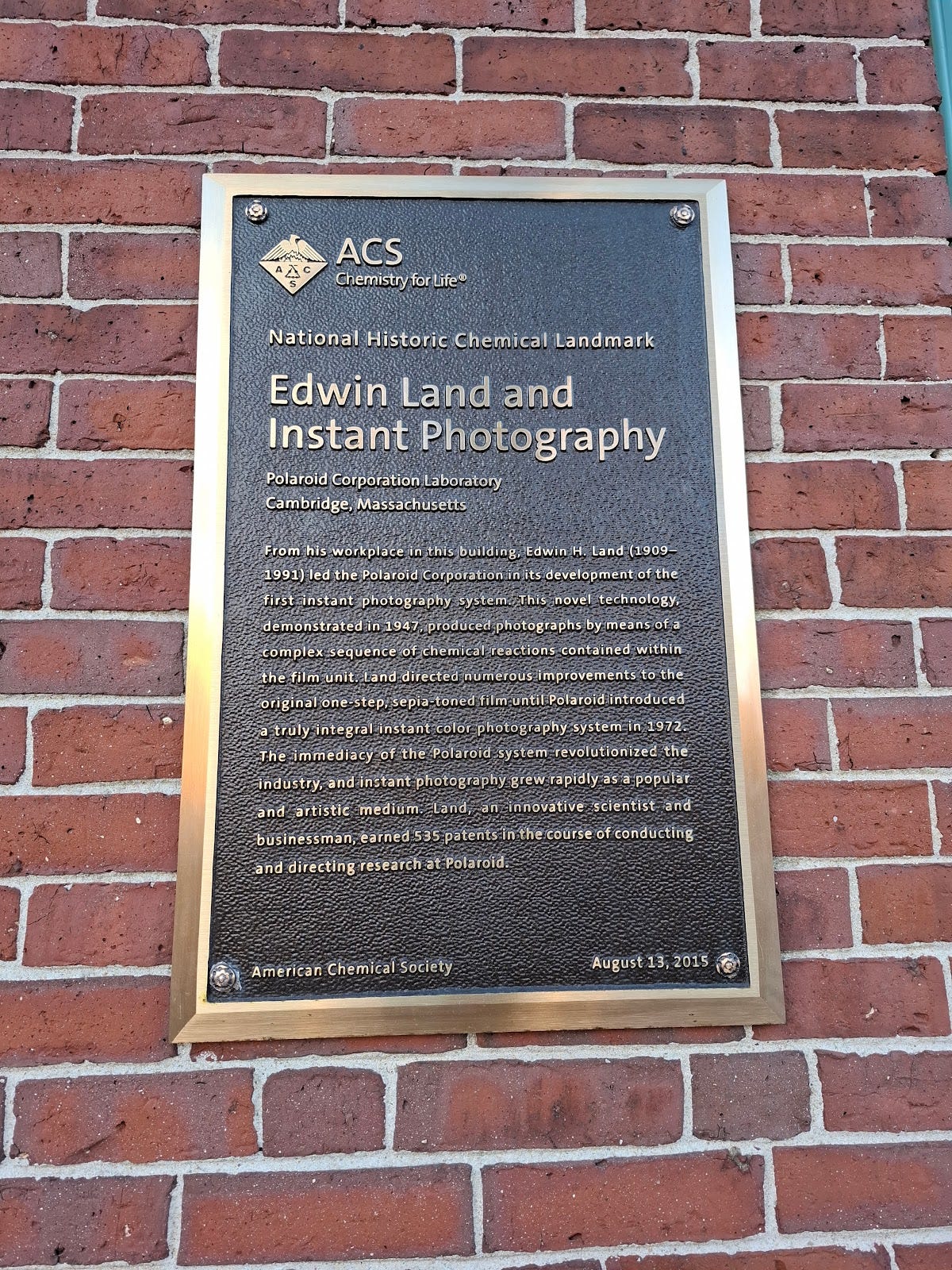
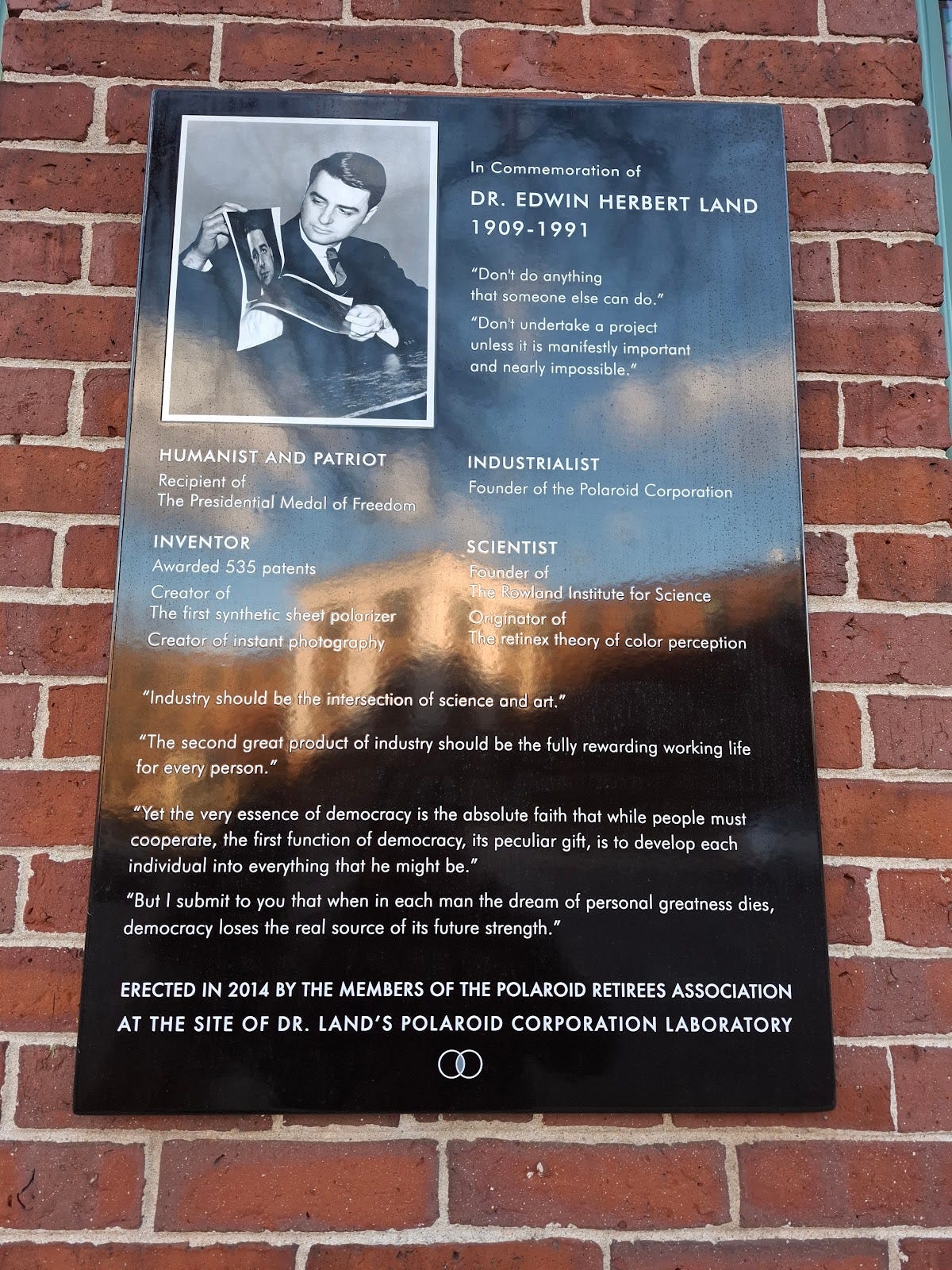
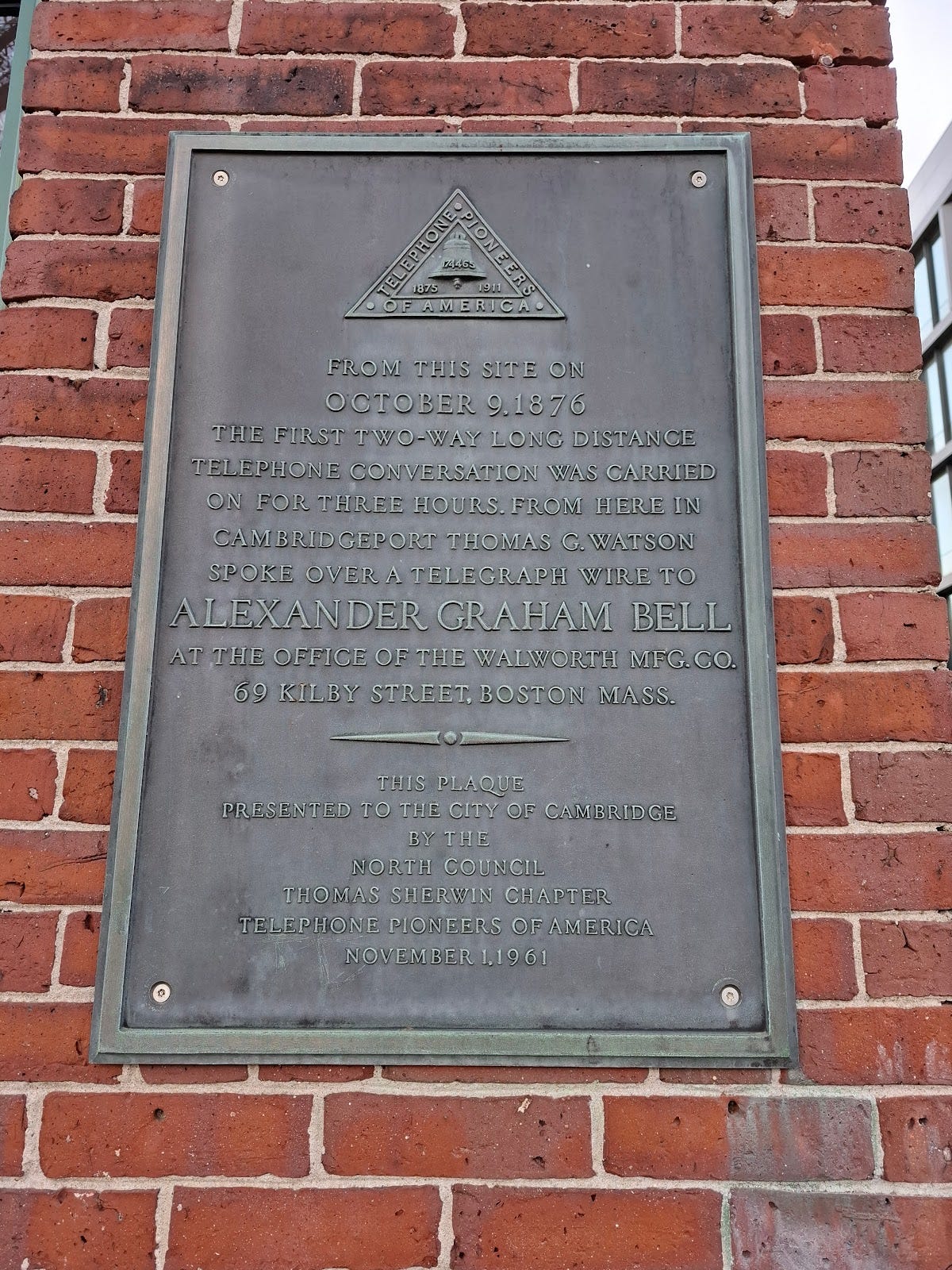
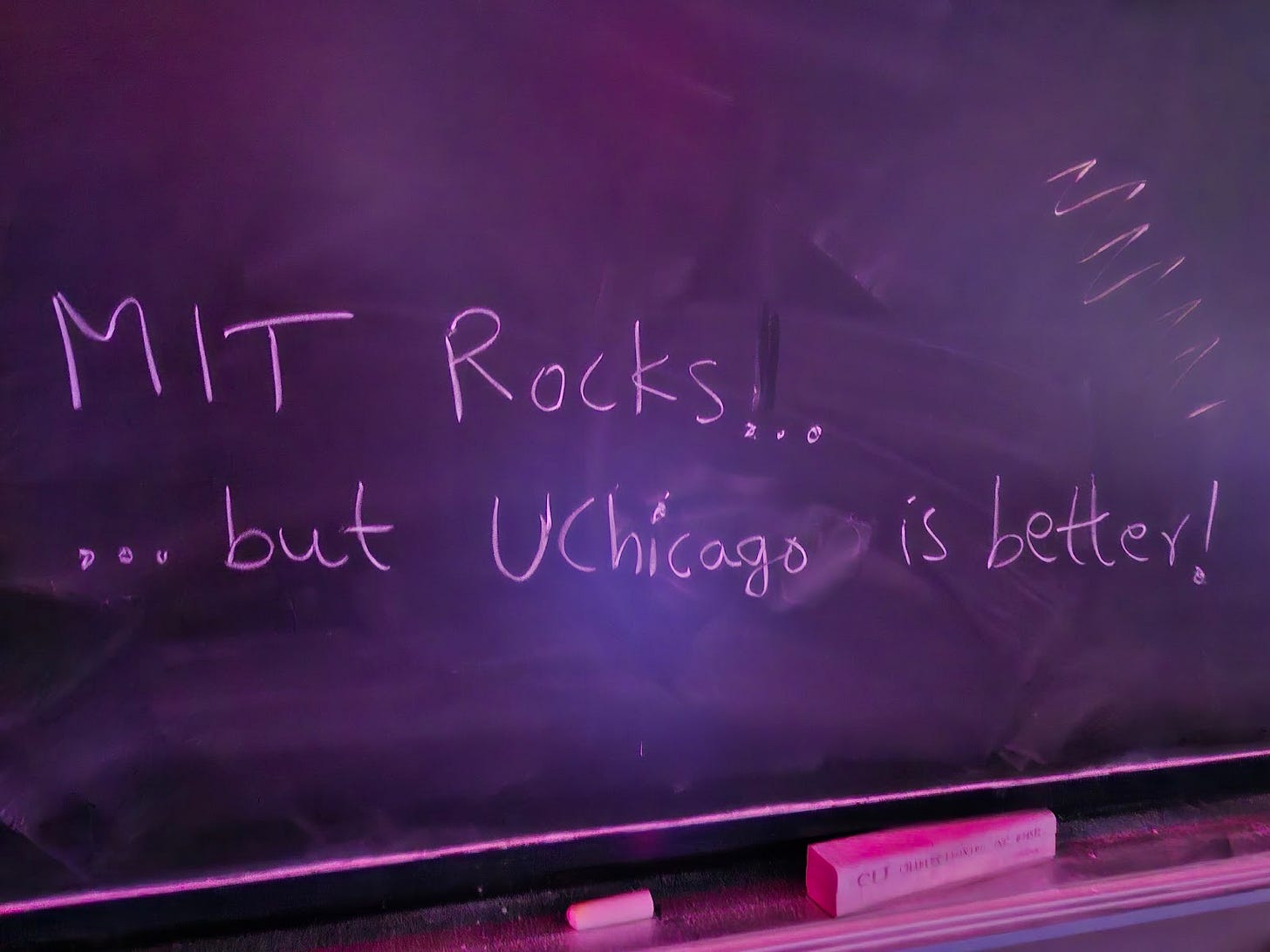
Congratulations on an inspiring trip and best wishes!
So incredibly observed and written!